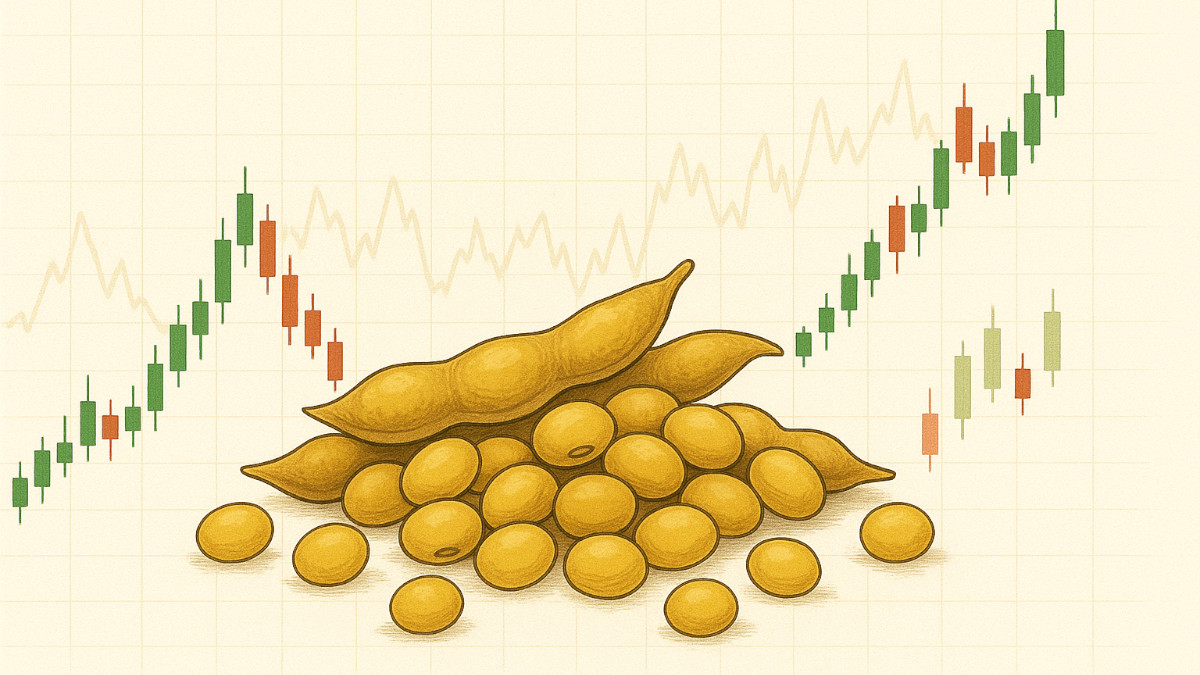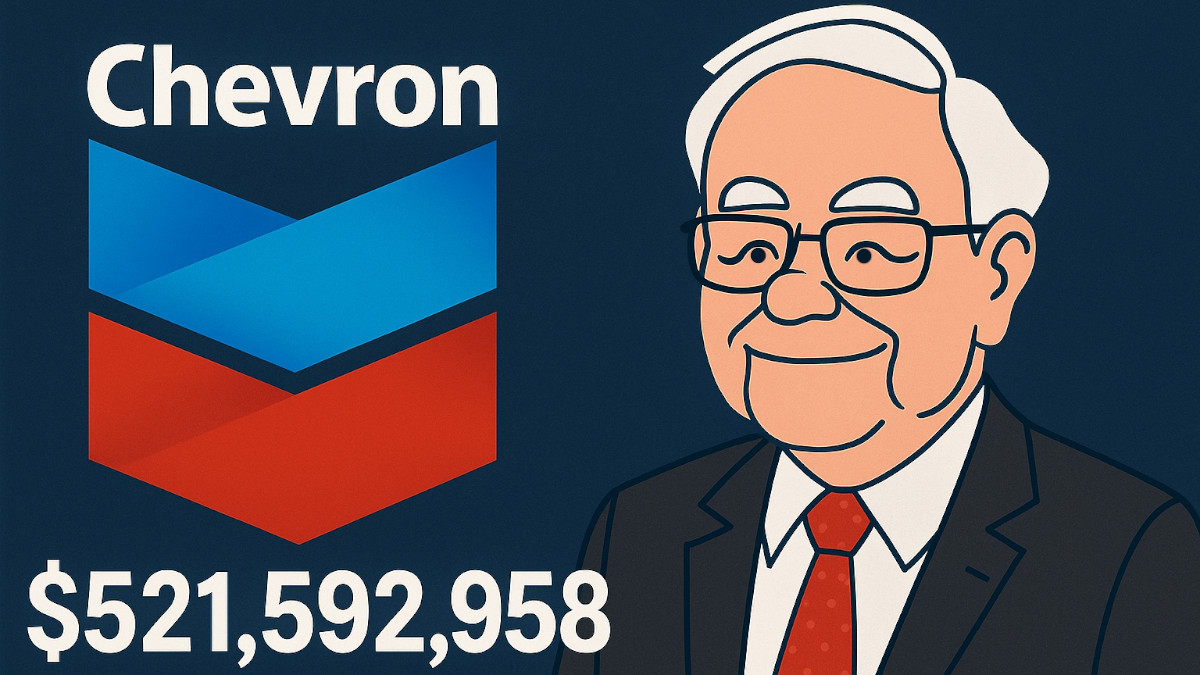- Analytics
- Trading News
- Why Copper Prices Are Rising in 2025
Why Copper Prices Are Rising in 2025

Copper prices are rising again. In early 2025, we’ve seen copper trading close to $4.70 per pound. That’s a big jump compared to the lows we saw in mid-2023.
The World Needs More Copper Than It Has
The biggest reason prices are up is the world needs more copper than it has.
Demand is growing fast because of the shift toward electric vehicles, renewable energy, and upgrades to power grids. All of them rely heavily on copper, but supply simply can't keep up.
Mining companies haven’t been able to open new projects fast enough.
- Permits take years.
- Environmental rules are tighter.
- A few major mines have either slowed down or shut down completely.
This gap between copper supply and demand is a key reason the market is tight—and prices are up.
Mine Closures Are Making Things Worse
There are some major disruptions at big copper mines.
The most talked-about case is the Panama copper mine shutdown. Cobre Panamá was one of the biggest copper mines in the world was forced to close after Panama’s top court ruled its operating contract unconstitutional. That took about 300,000 tonnes of copper off the market.
In Zambia, another copper-producing country, a toxic spill from a Chinese-owned mine caused serious environmental damage. There’s pressure now for stricter oversight—and that could lead to delays or closures at other sites too.
Traders Rushed to Buy Ahead of U.S. Tariffs
Another reason copper prices spiked this year is politics.
In early 2025, the U.S. hinted at new tariffs on copper imports from China. So traders rushed to buy ahead of tariffs to lock in supply before prices went even higher or trade got complicated.
As a result, U.S. copper imports jumped in March and demand added more pressure to prices. But that kind of buying isn’t sustainable. If companies overstock now, we could see demand slow down later in the year.
What Could Cause Copper Prices to Fall
China isn’t buying as much copper as expected (China is the world’s biggest copper buyer), so when demand from China slows, the whole market feels it.
Right now, several signs point to weaker copper demand from China:
- Its property sector is still under pressure, which affects construction-related copper use.
- Industrial growth is slowing.
- Stimulus from the Chinese government hasn’t been strong enough to change the trend.
If this continues, global copper demand could be weaker than expected, putting downward pressure on prices.
Investors Are Losing Interest in Copper
Last year, a lot of hedge funds and big investors poured money into copper, betting on long-term demand growth. That helped push prices higher.
But this year, some of that money is pulling out.
- Less activity in copper futures markets.
- Falling open interest on the major exchanges.
- Slower inflows into copper-focused ETFs.
Some of the momentum that led to price increases is waning and will impact the rate of price increases.
Tariffs Could Hurt More Than Help in the Long Run
U.S. copper tariffs caused a short-term buying rush, they could backfire later. If tariffs make copper more expensive or harder to access, manufacturers might delay projects or look for alternatives. That could weaken long-term copper demand, especially if other countries respond with trade restrictions of their own.
Olympic Dam copper project
Even with all the short-term noise, major copper producers aren’t pulling back. In fact, BHP is investing more into its Olympic Dam copper project in Australia. They’re betting that copper demand will stay strong for decades, especially as the world moves toward cleaner energy and more data infrastructure.
But large mining projects take time—years, not months. So even if supply eventually catches up, the market may stay tight for a while.
Bottom Line for Copper
The world is clearly moving in a direction that needs more copper, it could be EVs, solar power, or grid upgrades. Prices could stay high if the supply shortage gets worse. Or they could pull back sharply if China’s economy keeps slowing or if investor money keeps leaving the market (less likely)
Keep An Eye On
- U.S. interest rate policy from the Federal Reserve
- Any new economic stimulus from China
- Political developments in top copper producers like Chile, Peru, and Zambia
- Inventory levels at major exchanges like the LME and COMEX
- Where hedge funds and ETFs are placing their bets







